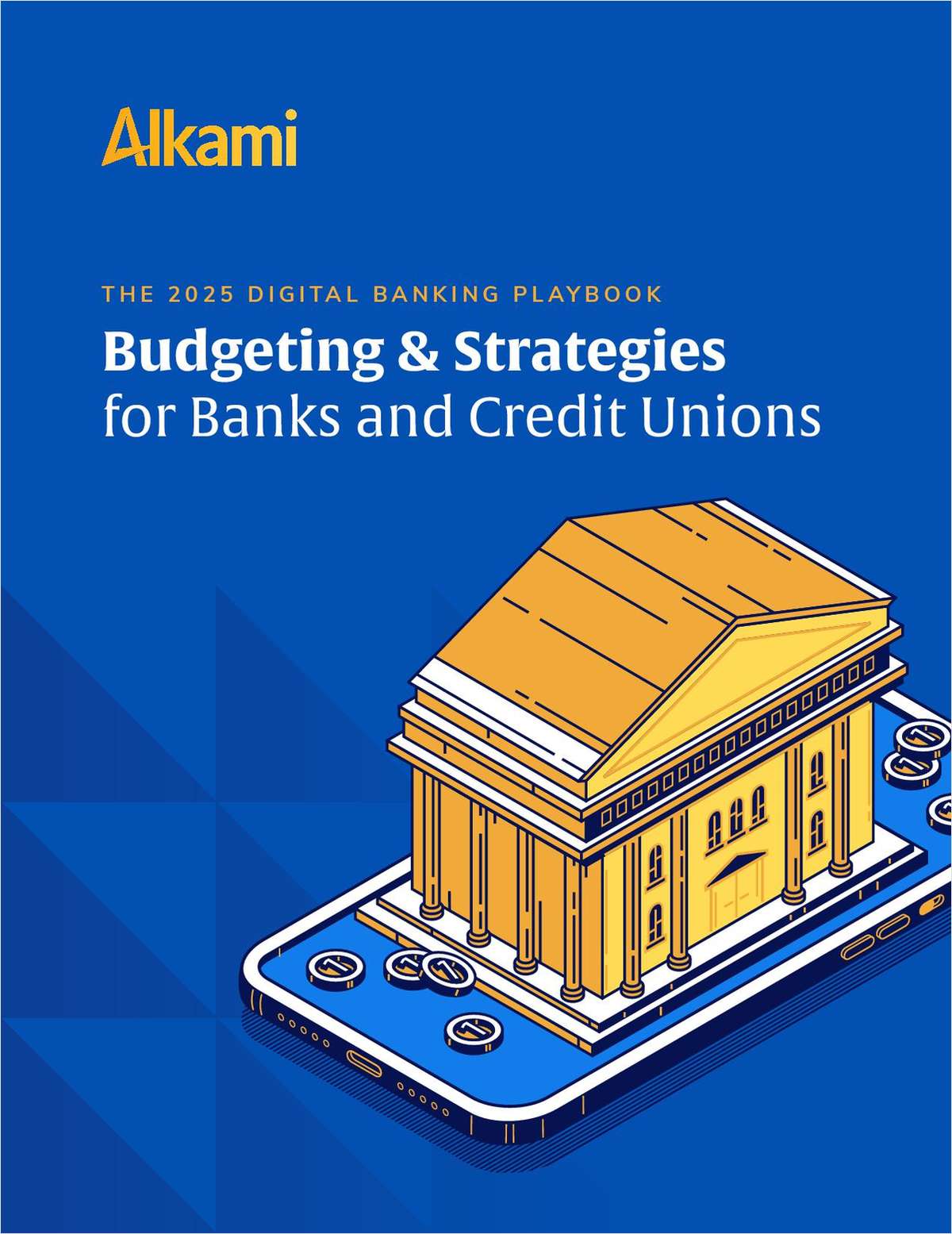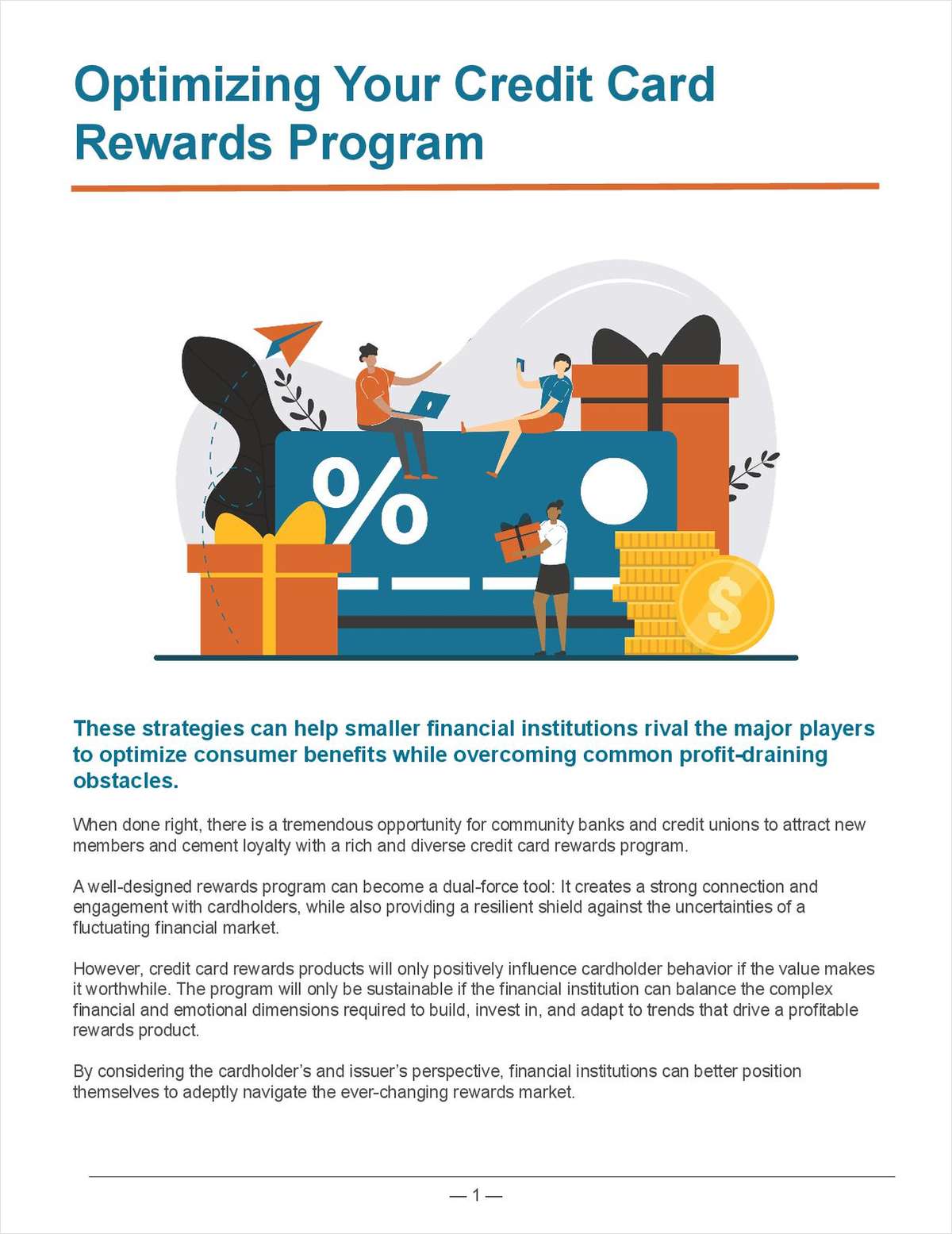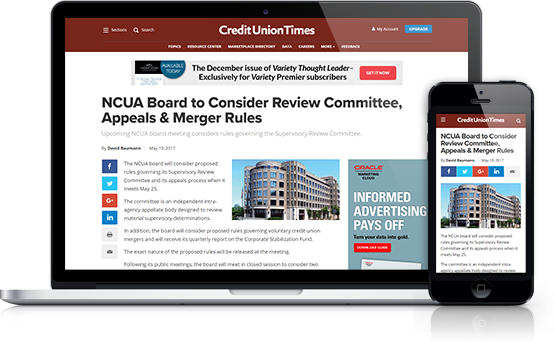Every year credit union decision makers have to decide whether the credit union annual report should resemble a statement stuffer or an ambitious work of art. For a variety of reasons, some credit unions decide to do an annual report that is little more than a bare bones recitation of facts and figures. It makes an effort to sum up the preceding year in a minimum of space. There are few if any photos or charts. Layout and printing are basic stuff. A number of credit unions in the billion dollar range produce these miniscule annual reports, frequently little more than a three-fold pamphlet in design and content. They are done pretty much with in-house resources. The format decision is usually driven by credit union management and often relates to having a very large membership base and the type of member as well. Annual reports like these don't win awards. They have a different purpose. An ever larger number of credit unions now put together annual reports with pages sometimes numbering over 64 or more. These usually carry a theme of some kind throughout the piece. They are full-color, feature beautiful, original photography, may be embossed or die cut or both, and often have tissue overlays. They almost always include bigger than life photos of the CEO and chairman as part of a graphically pleasing layout that includes a separate message from each. These are followed in quick order by color shots of each member of the board, various committees (all members or at least the chairman), and a generous sprinkling of photographs depicting a politically correct slice of the staff and membership. Considering the extensive production and distribution costs, it can be assumed the total bite out of the credit union's budget is quite substantial. Adding to the costs, these annual reports involve much outside talent to handle layout and design, photography and graphics, and even the copywriting. Annual reports like these are killers to produce but win many awards which is why CU marketing directors push for them even while developing a love-hate relationship with them. Which way makes sense for your credit union? Before deciding, credit union decision makers need to first ask themselves some questions. The most important one is not, "How much money should we spend on an annual report?" Far more important, the first question needs to be, "What is the purpose of our credit union's annual report?" Do nothing until that question is answered. Is the purpose of the annual report to simply inform members once a year in writing by mail how the credit union did last year? Or is it to provide comprehensive information to members and serve as the focus of the credit union's annual membership meeting? Or is its purpose to serve as a vehicle for marketing to potential members, sponsor groups, and community leaders? Or as an image piece for the media, competitors, suppliers, legislators, politicians, regulators, other credit unions, etc.? Or is it to stroke the egos of elected officials, staff, sponsors, etc.? Or perhaps to win as many national marketing competition awards as possible? Whatever, once the purpose of a credit union's annual report is clearly defined, all related decisions quickly fall in place. If it is intended to have no other purpose than to simply inform the membership that the credit union had a good year and here's the relevant data that proves it, credit unions need to go the more economical route. If on the other hand the annual report is intended to be the flagship of what the credit union is all about, to impress the various constituencies mentioned above, to serve as a living history, and to give first class recognition to those most involved with the credit union's most recent successes, then the more elaborate version is the way to go. What do members prefer? It is doubtful if any credit union really knows because I would guess virtually no credit union ever asks. Might be interesting to include some sort of feedback mechanism with the credit union's next annual report? Although I wasn't asked either, as a long time observer of credit union annual reports including the latest batch, and someone who was responsible for producing them earlier in my career, here are a couple of things that bother me: Some credit union annual reports are too skimpy and may be sending the wrong signals to members and others. Most traditional chairman's and CEO's "messages" are often boring and frequently come across as insincere. Most contain a line somewhere that says."all the credit for our success goes to the members." Who believes that for one second? The official family photography almost always is too stilted. And the photo selection of members and staff is so governed by political correctness that it begins to look silly. Must there always be a senior citizen, a younger person, a woman, a minority, a blue collar, a white collar, a couple of toddlers and at least one smiling dog? Contrast that to the formal board picture of predominantly older, white, males on a preceding page. Since few annual reports ever actually get read (it has been documented), it probably doesn't matter, but the copy if not written by a committee was surely approved by one. It almost always utilizes a writing style that can only be described as uninteresting. Yet, despite my perception of some annual reports having a number of flaws, a credit union doing an annual report of some kind is nevertheless a good thing. A format that is simple or ambitious is not the overriding issue. What matter most is first deciding on the purpose of your individual credit union's annual report. Then proceed with everything else accordingly. Comments? Call 1-800-345-9936, Ext. 15, or Fax 561-683-8514, or E-mail [email protected].
Complete your profile to continue reading and get FREE access to CUTimes.com, part of your ALM digital membership.
Your access to unlimited CUTimes.com content isn’t changing.
Once you are an ALM digital member, you’ll receive:
- Breaking credit union news and analysis, on-site and via our newsletters and custom alerts
- Weekly Shared Accounts podcast featuring exclusive interviews with industry leaders
- Educational webcasts, white papers, and ebooks from industry thought leaders
- Critical coverage of the commercial real estate and financial advisory markets on our other ALM sites, GlobeSt.com and ThinkAdvisor.com
Already have an account? Sign In Now
© 2025 ALM Global, LLC, All Rights Reserved. Request academic re-use from www.copyright.com. All other uses, submit a request to [email protected]. For more information visit Asset & Logo Licensing.









